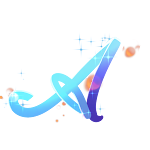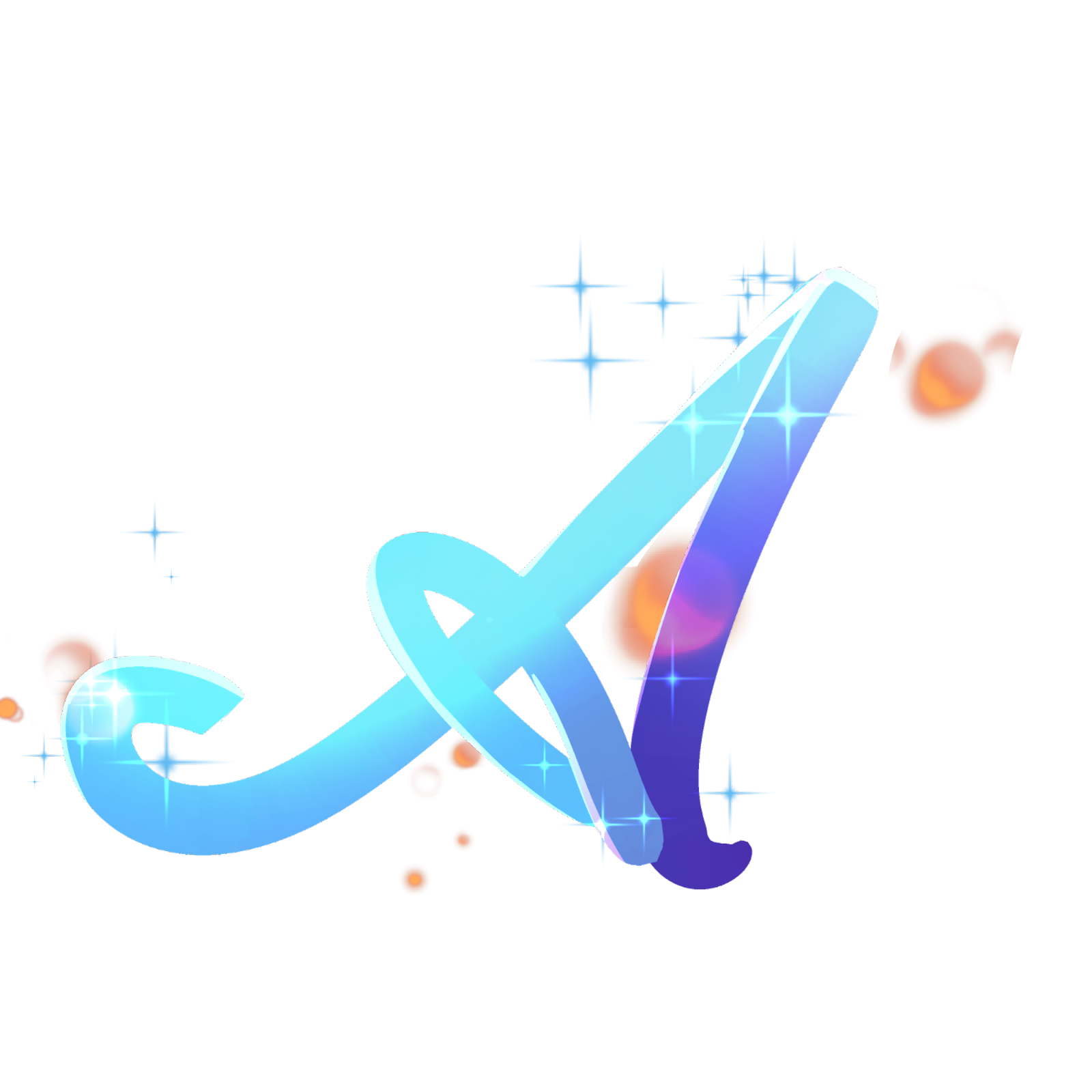Here is a draft article on artificial intelligence art generators:
Title: The Rise of AI Art Generators
Artificial intelligence is transforming many industries, and the art world is no exception. In recent years, AI art generators have emerged that are capable of creating original images, paintings, drawings, and other art forms without human involvement. These systems use machine learning algorithms, primarily generative adversarial networks (GANs), to analyze vast amounts of existing artwork and learn the styles and techniques of human artists. They can then generate new artistic creations in similar styles.
Some of the most prominent AI art generators currently available include DALL-E, Stable Diffusion, Midjourney, and Anthropic's Claude. DALL-E, created by OpenAI, popularized the concept of AI art generation when it was released in early 2022. It allows users to generate images based on text prompts. Stable Diffusion, released later in 2022, also takes text prompts but is open source. Midjourney is a popular tool for generating art on platforms like Discord based on text or image prompts. Anthropic's Claude focuses on conversational AI and can have natural language discussions about art while also generating related images.
The quality and level of detail in AI art has improved dramatically in just a few years. Where early systems produced abstract or blurry images, modern generators can realistically replicate painting styles and even generate convincing human portraits or scenes that appear hand drawn. However, issues still exist around bias, inappropriate content, and lack of artistic intention compared to human creations. There are also debates around intellectual property as AI systems are not capable of original creative expression in the same human sense.
Nonetheless, AI art generation has found many applications. Artists are using these tools for concept art, illustration, or as a starting point for human-guided creations. Businesses are exploring uses in interior design, product visualization, and custom graphic design at scale. Educators see potential for interactive art lessons. As the technology advances, AI will likely play an increasing role in the creation and experience of visual art globally. The full impact on careers and markets is still to be determined.
Here are some more details about how artificial intelligence art generators work:
- Training Data: These systems are trained on vast datasets of existing artwork, often millions of images. They analyze the visual styles, techniques, subjects, and other characteristics present in these human-created works.
- Machine Learning Models: The most common type of model used is a generative adversarial network (GAN). This consists of two neural networks - a generator that creates new images and a discriminator that evaluates them. They compete with each other to improve the realism and quality over time.
- Text Prompts: Some generators like DALL-E and Stable Diffusion can generate art from text descriptions or captions provided by the user. The model analyzes the prompt and tries to visualize what is described.
- Image Prompts: Other tools like Midjourney allow users to provide an initial image that the AI then builds upon and transforms. This "priming" helps guide the generation.
- Style Transfer: The AI learns not just individual artworks but common styles from entire movements, time periods, or artists. It can replicate or blend these styles to generate new images in a similar visual language.
- Rendering Process: Behind the scenes, the model uses techniques like spatial transformations to conceptualize 3D scenes, color theory to realistically render lighting/shadows, and texture generation to add fine details.
- No Intent or Meaning: While very realistic, the art lacks human intention, deeper meaning, or message. It's simply a visualization of the patterns the AI observed in its training data.
Here are some of the key advantages and disadvantages of artificial intelligence art generators:
Advantages:
- Scalability and efficiency: AI can generate large volumes of art quickly without human limitations in speed or endurance. This opens up new applications at scale.
- Accessibility: Generators make art creation more accessible to those without artistic training by automating technical skills. This lowers barriers to expression.
- Experimentation: AI enables rapid experimentation with different styles, subjects, and creative ideas that would be difficult for humans. This fuels innovation.
- Consistency: Once trained, an AI model can consistently replicate the style of a particular artist or genre without variation in quality.
Disadvantages:
- Lack of meaning and intent: AI art lacks the deeper human emotions, perspectives, and messages that art is often meant to convey. It focuses on visuals over concepts.
- Bias and unfairness: Generators are only as unbiased as their training data. They risk amplifying and perpetuating any existing biases in that data.
- Copyright and attribution: It's unclear how to assign ownership or credit for AI-generated works. This could undermine artists if misused.
- Dependency on data



